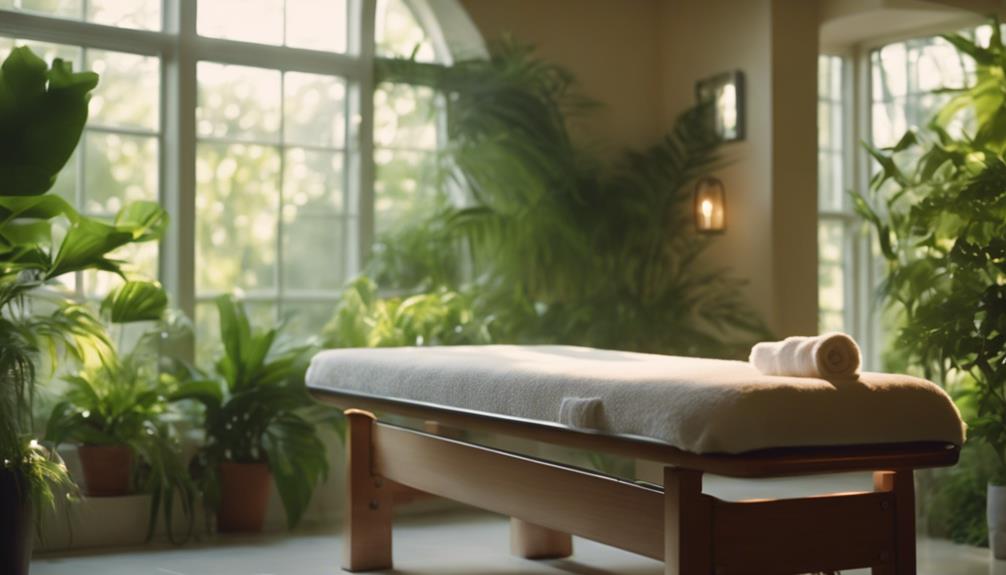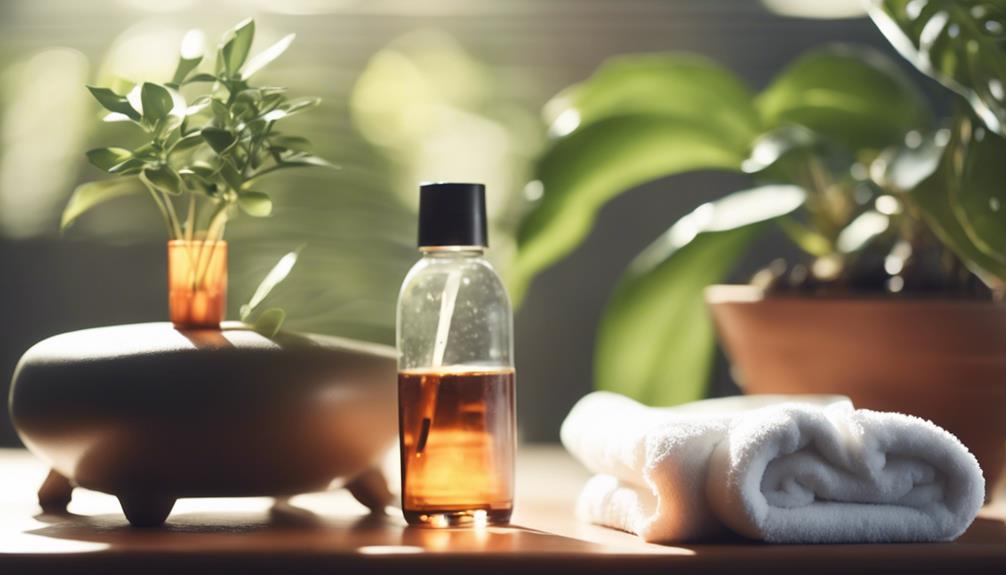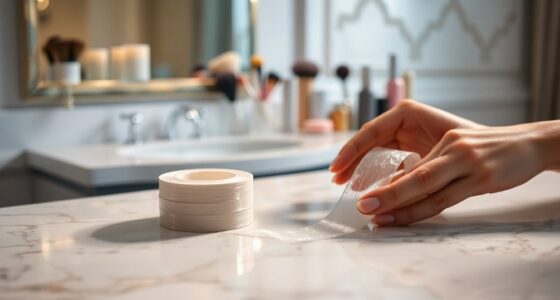Tanning with acne-prone skin? No problem! First, seek out non-comedogenic products – these won’t clog your pores or cause breakouts. Self-tanners with DHA are a great option for a safe glow, so ditch the tanning beds! Before application, give your skin a gentle exfoliation and always use a tan mitt to avoid streaks. After applying, remember to moisturize daily with a non-comedogenic lotion to keep your skin happy and hydrated. And don’t forget to stay hydrated by drinking plenty of water! Following these tips will help you achieve a beautiful glow, so keep reading to learn more amazing tricks! If you’re on the go, consider using flawless tanning towels for a quick and easy way to get a natural-looking tan without sun exposure. These towels are ideal for acne-prone skin as they are designed to not clog pores. Be sure to follow the instructions closely for best results. With these tips and products, you can achieve a beautiful, healthy tan without worsening your acne-prone skin. Remember, taking care of your skin should always come first.
Key Takeaways
- Choose non-comedogenic self-tanners and bronzers specifically designed for acne-prone skin to prevent clogged pores and breakouts.
- Gently exfoliate before application to create a smooth canvas, ensuring even product distribution and better results.
- Always patch-test new tanning products on a small area to monitor for adverse reactions before full application.
- Apply tanning products using a mitt or hands, focusing on circular motions to avoid streaks and ensuring even coverage.
Understanding Acne-Prone Skin
Understanding acne-prone skin means recognizing its unique characteristics and how it reacts to various products and treatments. If your skin tends to break out more easily, you're not alone!
Think of your skin like a moody teenager—sometimes it just doesn't get along with certain products. Oily skin can lead to clogged pores, while irritation from harsh ingredients can trigger breakouts. It's crucial to be gentle and choose what you put on your skin wisely.
Ever notice how some foods make you feel great, while others leave you feeling blah? Your skin's the same way! By paying attention to how your skin reacts, you can avoid those pesky breakouts and keep it glowing.
Ready to treat it right? Let's dive deeper!
Choosing the Right Products
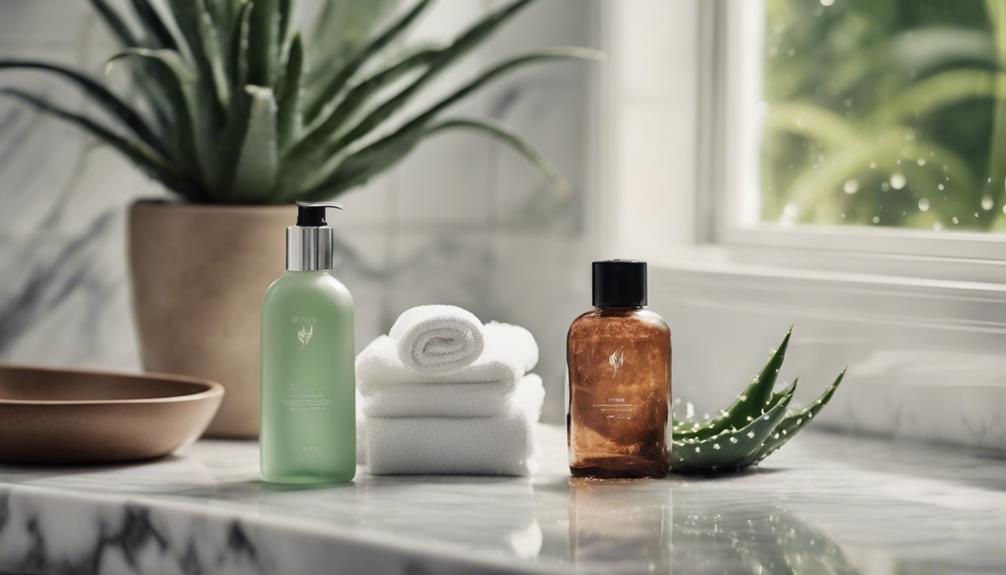
To keep your acne-prone skin looking its best, selecting the right tanning products is key.
You'll want to look for non-comedogenic options, which means they won't clog your pores or trigger breakouts. Think of them as the superheroes of skincare!
Self-tanners with DHA are great picks, as they provide a lovely glow without the sun's harsh rays.
Remember, your face deserves special treatment—so stick to bronzers made just for it.
Before diving in, exfoliate gently to create a smooth canvas; it's like prepping your skin for a masterpiece!
And don't forget to patch-test new products; it's a small step that can save you from major mishaps.
Are you ready to glow safely?
Safe Tanning Alternatives
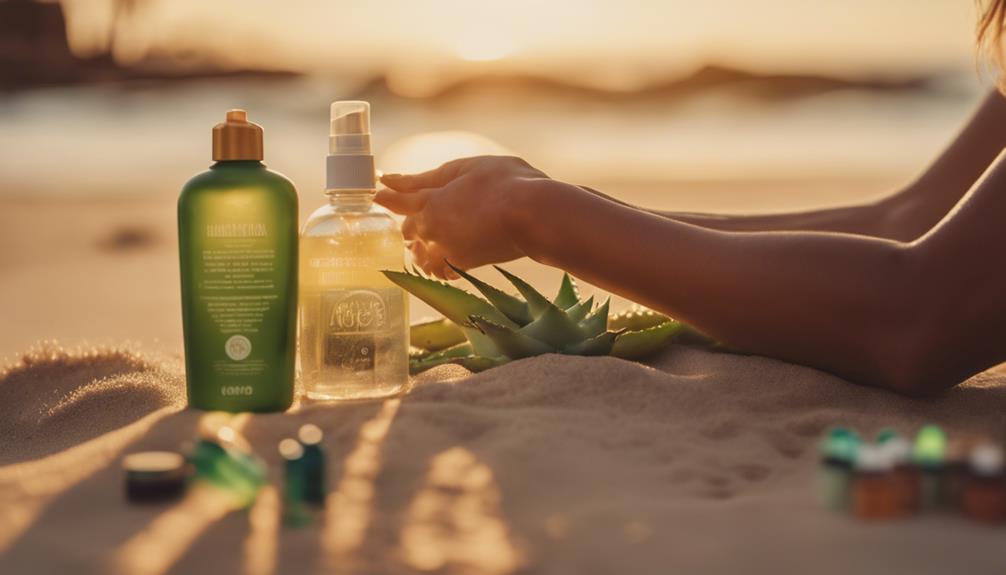
Exploring safe tanning alternatives can help you achieve that sun-kissed glow without risking your skin's health. Instead of hitting the tanning bed, why not try self-tanners or professional spray tans? They give you a bronzed look without the harmful UV rays!
Just be sure to choose non-comedogenic products, which won't clog your pores and cause breakouts. It's like picking the right snacks; you want the tasty ones that won't upset your tummy!
And don't forget to exfoliate your skin beforehand—think of it as prepping your canvas for a masterpiece!
Proper Application Techniques
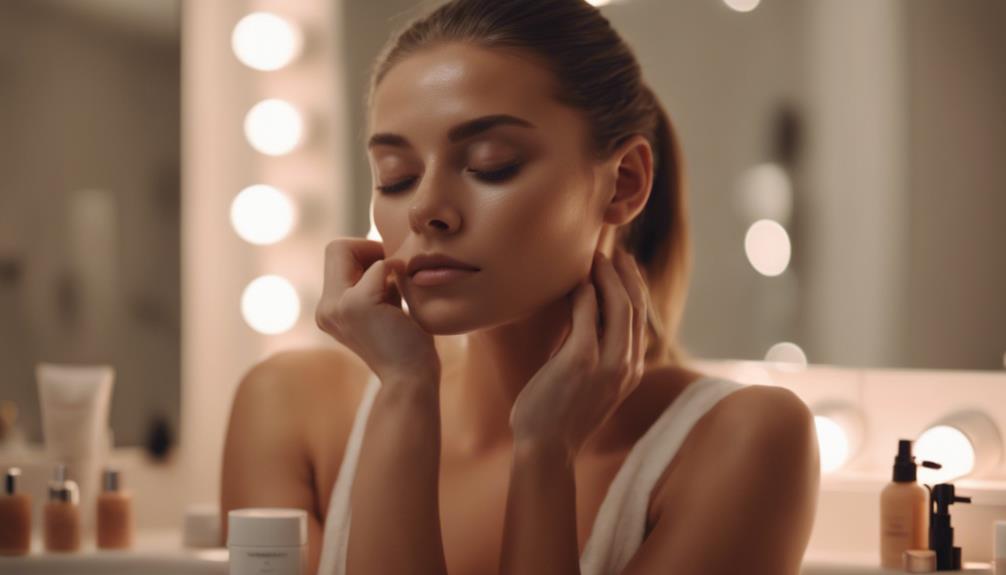
After choosing the right tanning product, mastering proper application techniques is key to achieving a flawless, natural-looking tan.
First, grab a tan mitt or use your hands (but wash them afterward!). Start at your feet and work your way up, applying the product in circular motions to avoid streaks.
Don't forget tricky spots like elbows and knees; you can use a bit of lotion on those areas beforehand to keep them from getting too dark.
Always remember, less is more—start light and build up if needed.
If you make a mistake, don't panic! A little scrub or lemon juice can help fix it.
Aftercare for Healthy Skin
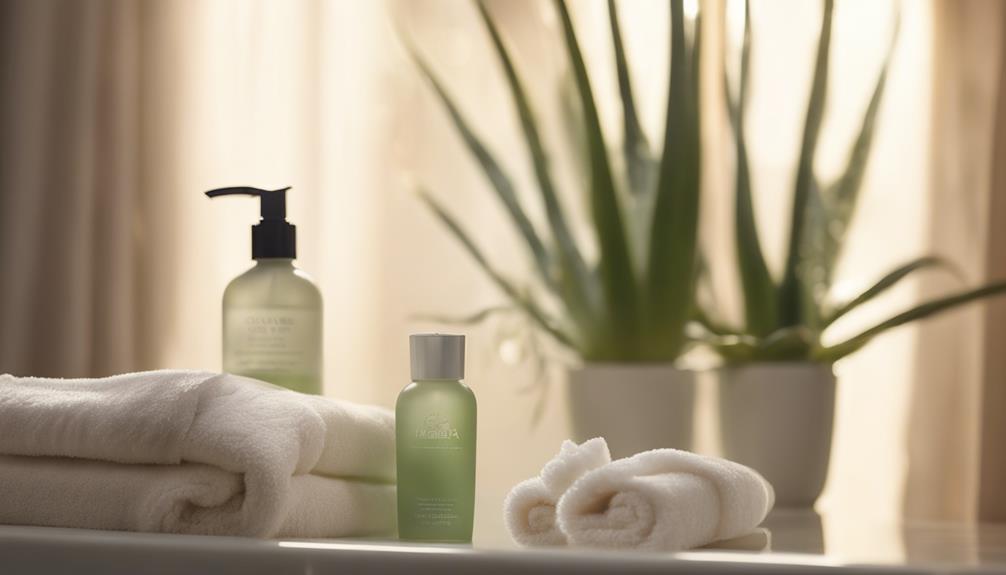
Maintaining healthy skin after tanning is essential for preserving your color and preventing breakouts.
Think of your skin like a canvas; it needs care to keep that glow!
Follow these simple tips for fabulous aftercare:
- Moisturize Daily: Use a non-comedogenic lotion to keep your skin hydrated and your tan looking fresh.
- Avoid Hot Showers: Stick to lukewarm water to prevent drying out your skin, which can lead to peeling.
- Skip Exfoliating for a Few Days: Give your tan time to settle before scrubbing away any dead skin.
- Drink Plenty of Water: Hydration helps maintain your skin's elasticity, making your tan last longer.
With just a little effort, you can keep your skin happy and glowing!
Frequently Asked Questions
Can I Use Self-Tanner if I Have Active Acne?
If you have active acne, it's best to avoid self-tanner for now. Self-tanners can irritate your skin and worsen breakouts. Instead, focus on treating your acne before considering any tanning products.
Will Self-Tanning Products Cause More Breakouts?
Self-tanning products can cause breakouts if they contain comedogenic ingredients. To minimize this risk, choose non-comedogenic options, exfoliate gently beforehand, and always patch test to see how your skin reacts.
How Long Does a Self-Tan Last on Acne-Prone Skin?
A self-tan typically lasts about five to seven days on acne-prone skin. To maximize longevity, gently exfoliate before application and moisturize regularly. Avoid harsh products that could irritate your skin during this time.
Can I Mix Self-Tanner With My Moisturizer?
Mixing self-tanner with your moisturizer can create a sun-kissed glow, like a brush of golden light on your skin. Just guarantee the moisturizer's non-comedogenic to keep breakouts at bay, and you're good to go!
What Ingredients Should I Avoid in Self-Tanners for Sensitive Skin?
When choosing self-tanners for sensitive skin, avoid alcohol, fragrances, and harsh chemicals. Stick to products with gentle, non-comedogenic ingredients, like DHA, to minimize irritation and guarantee a smoother tanning experience without breakouts.
Conclusion
So, there you have it! By choosing the right products and techniques, you can achieve that sun-kissed glow without putting your skin at risk.
Remember, it's all about striking a balance—like walking a tightrope!
Don't forget to keep your skin healthy with proper aftercare, and you'll be ready to shine bright without any worries.
Now go ahead and glow with confidence, knowing you've got the perfect plan for your acne-prone skin!

